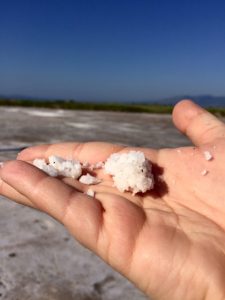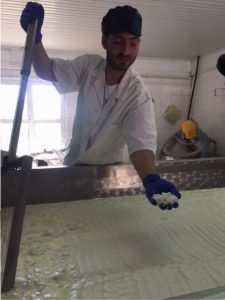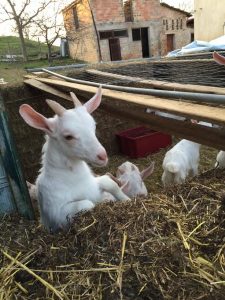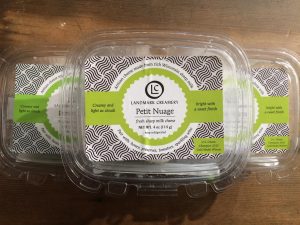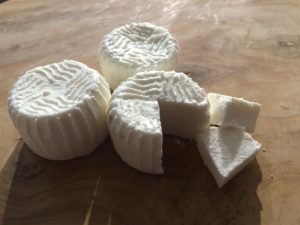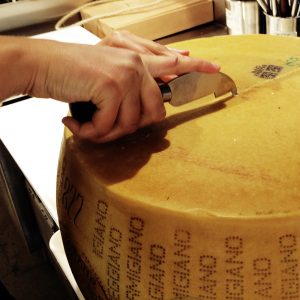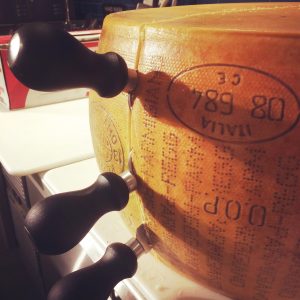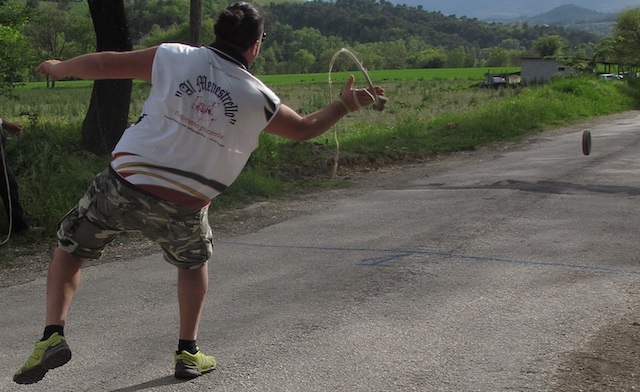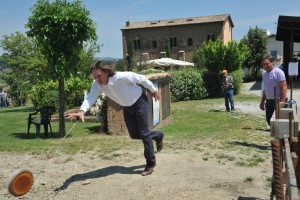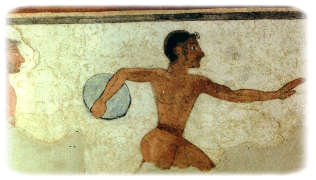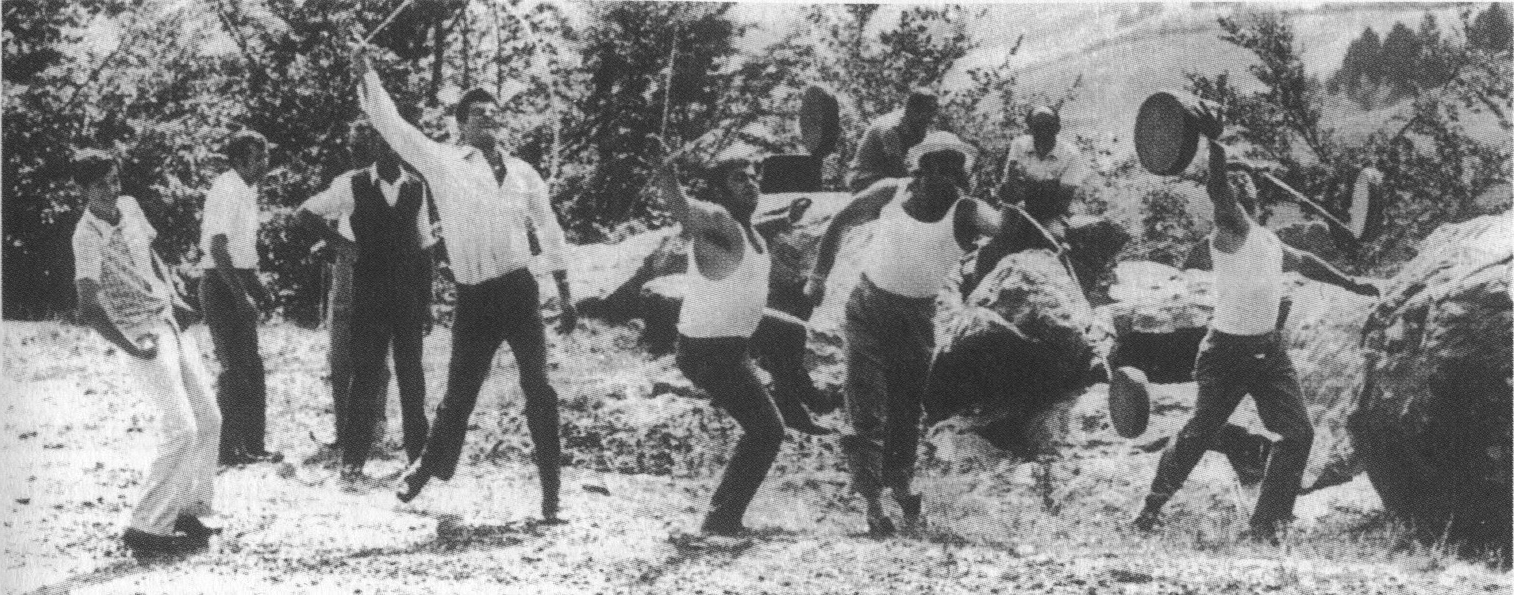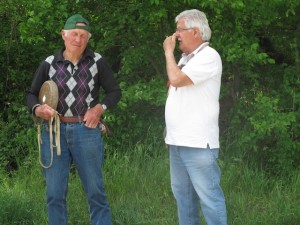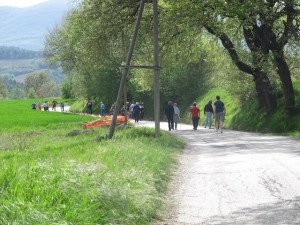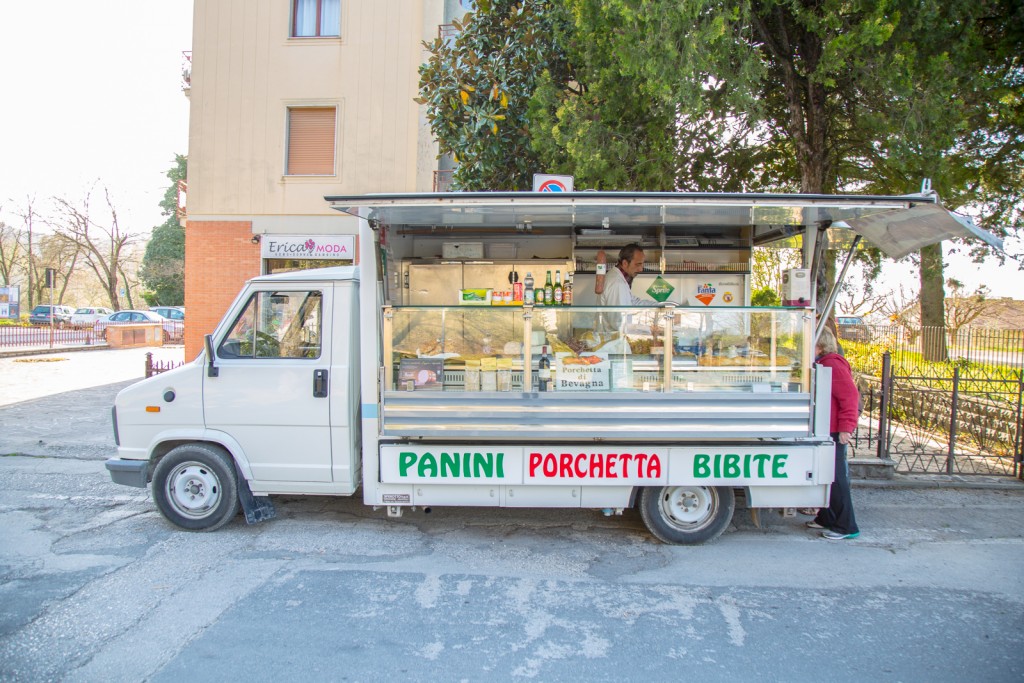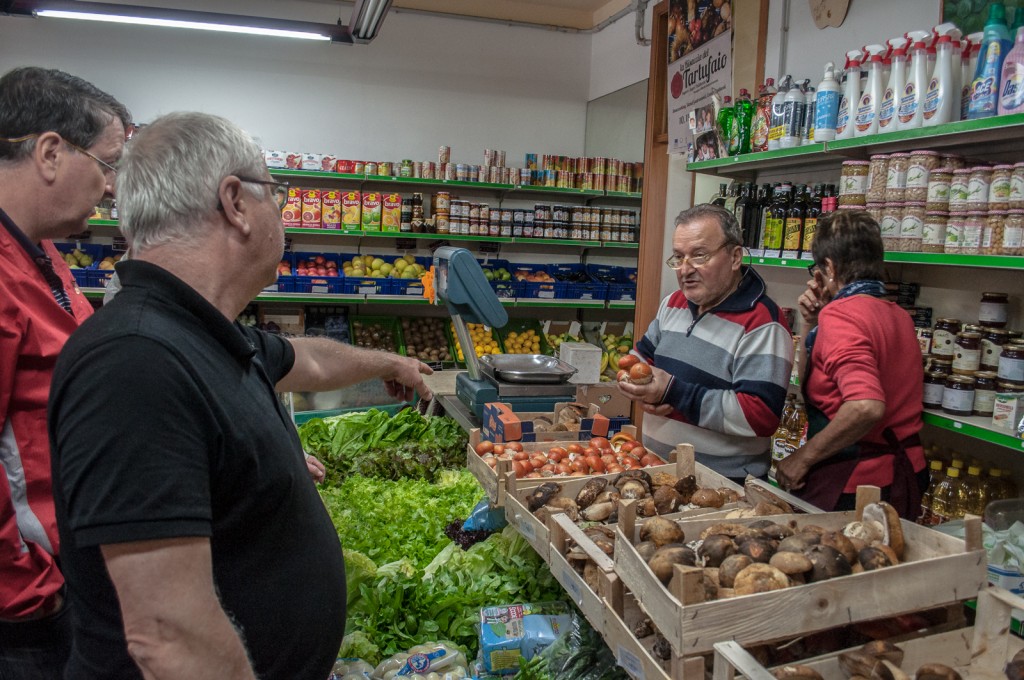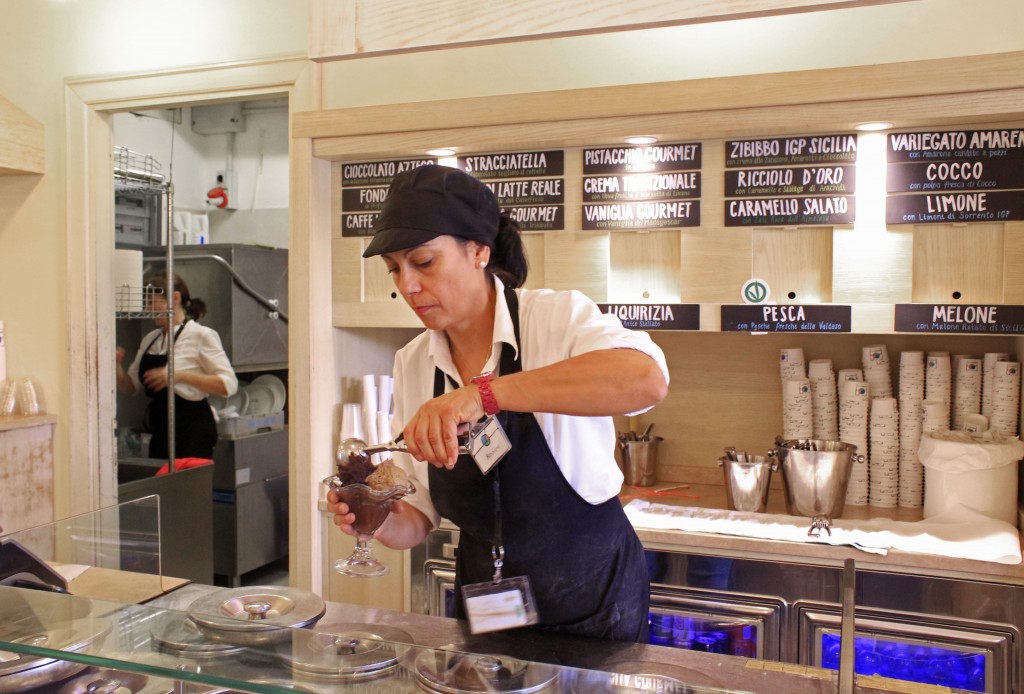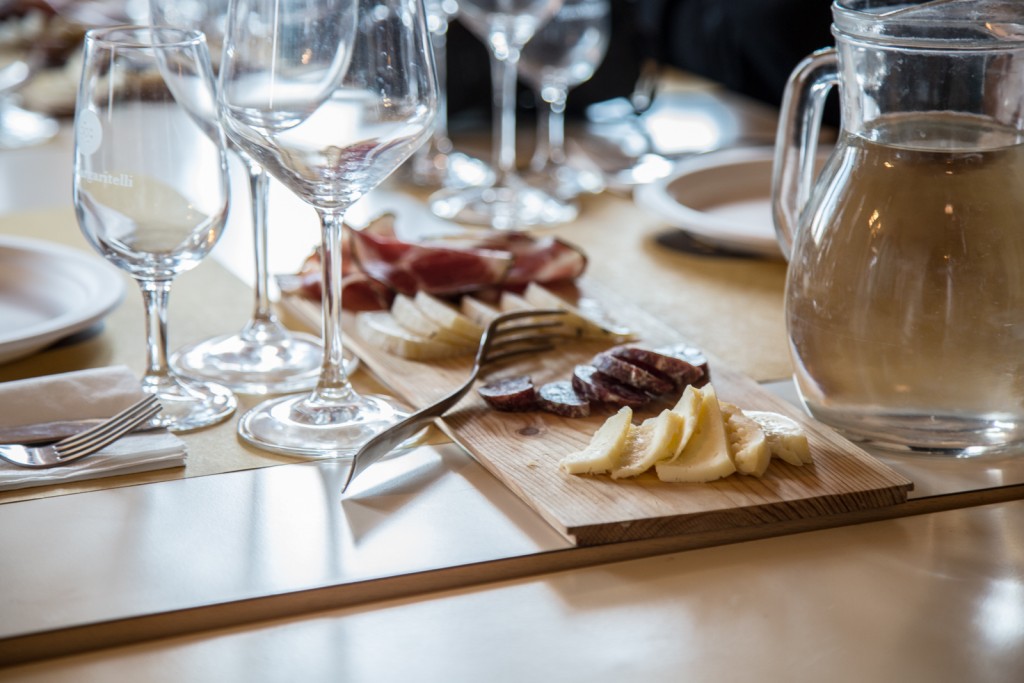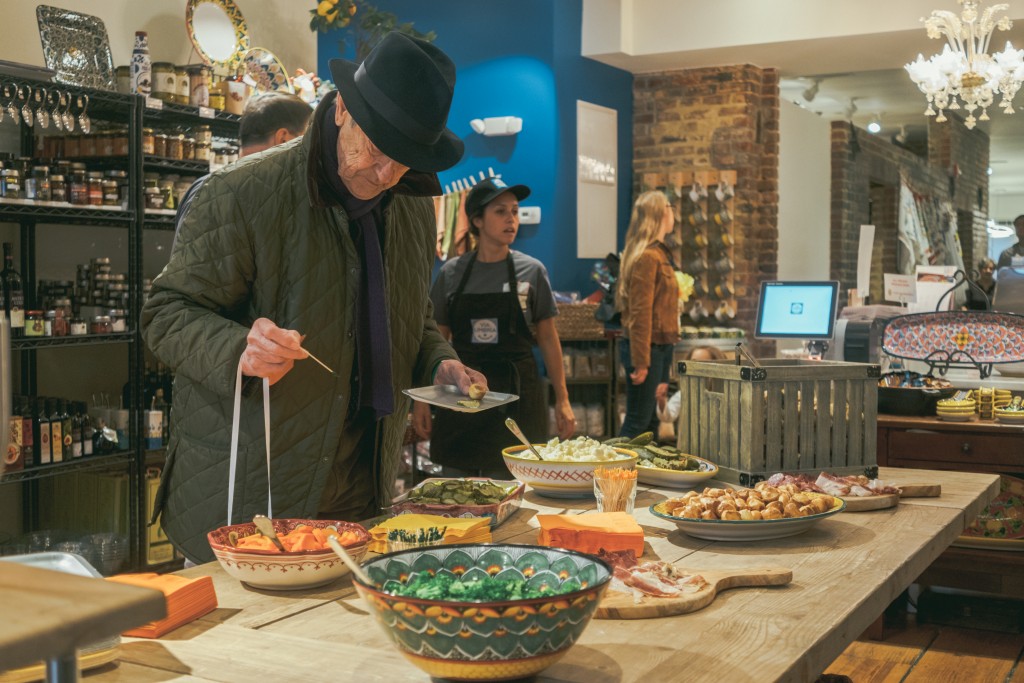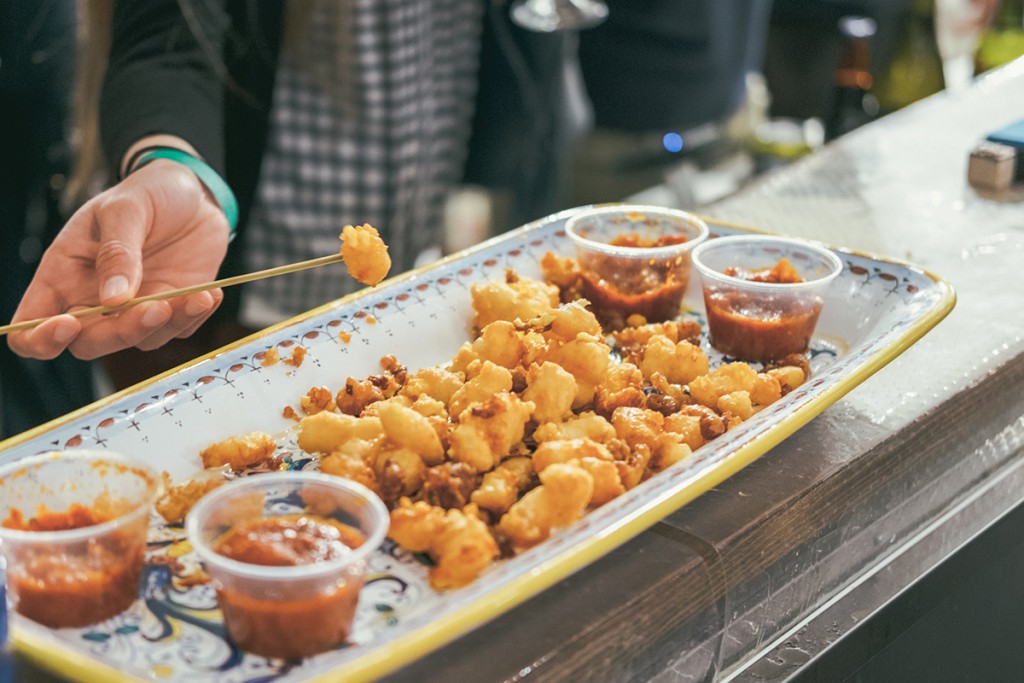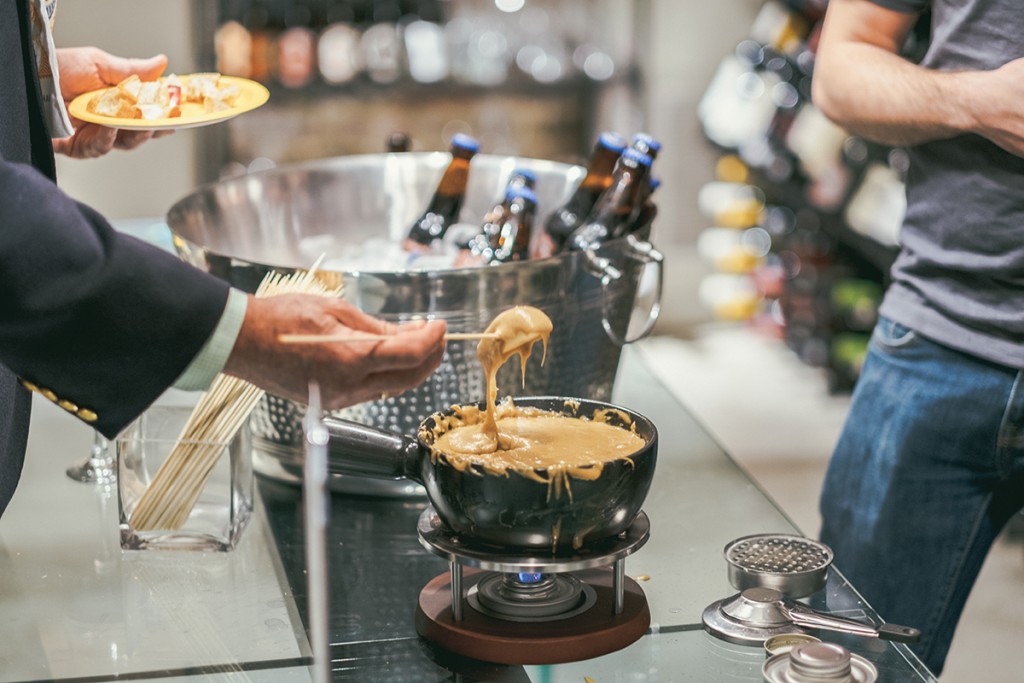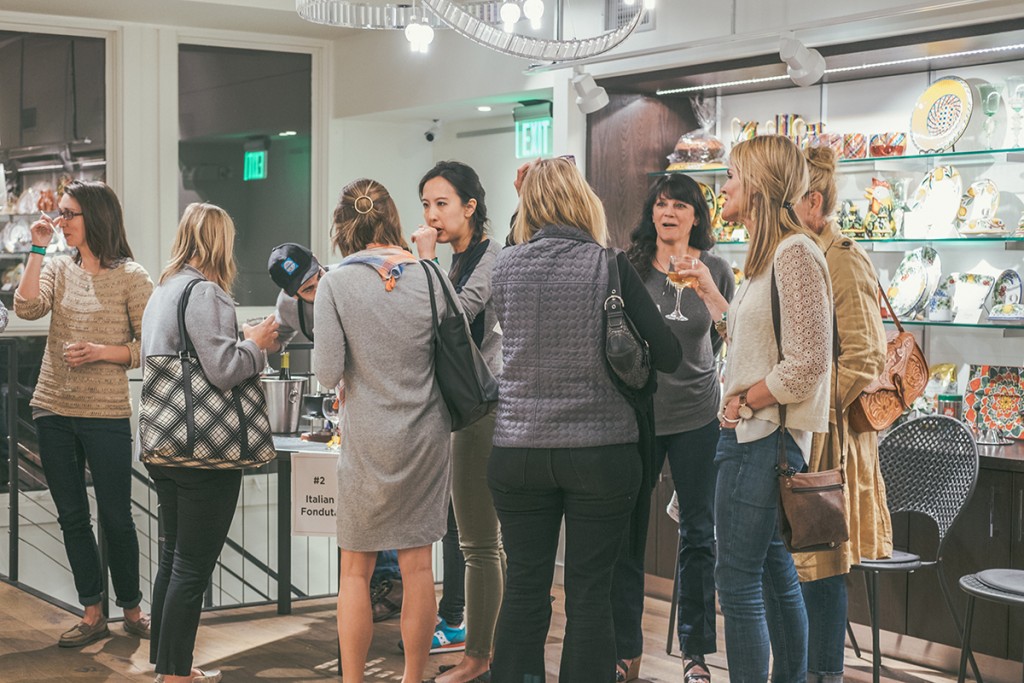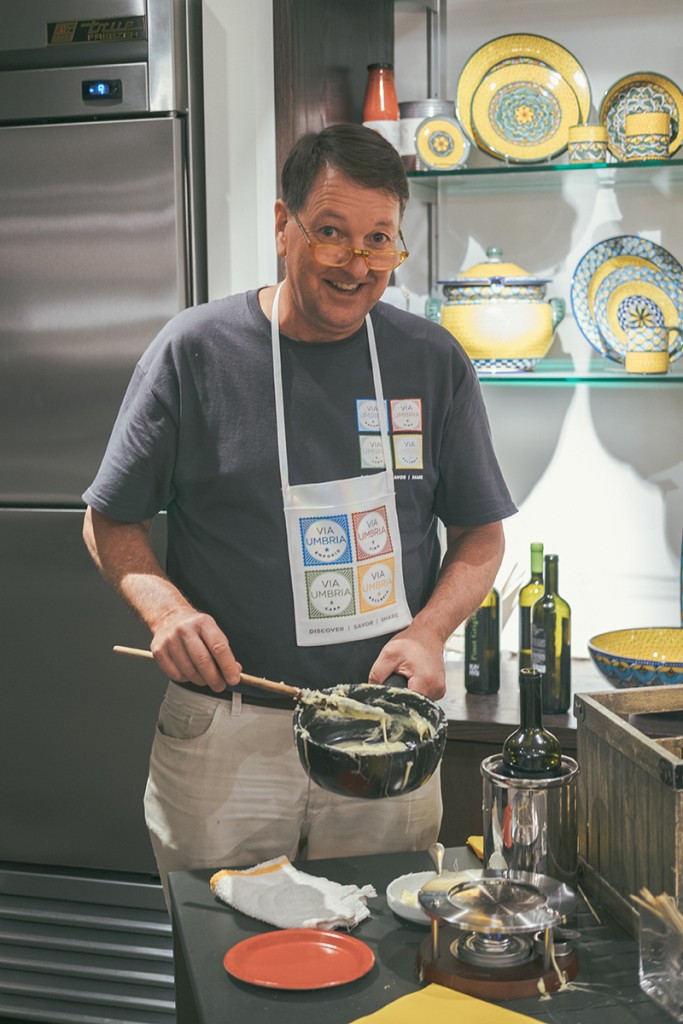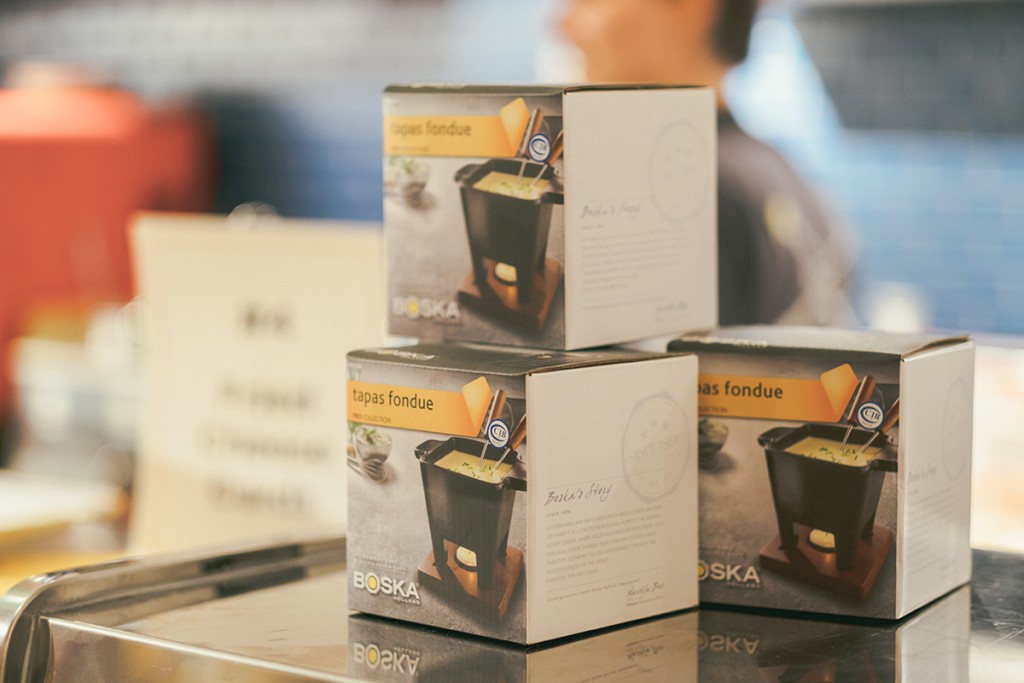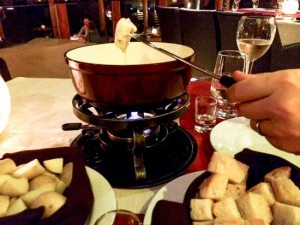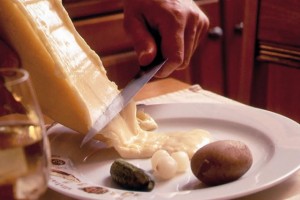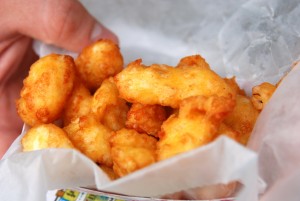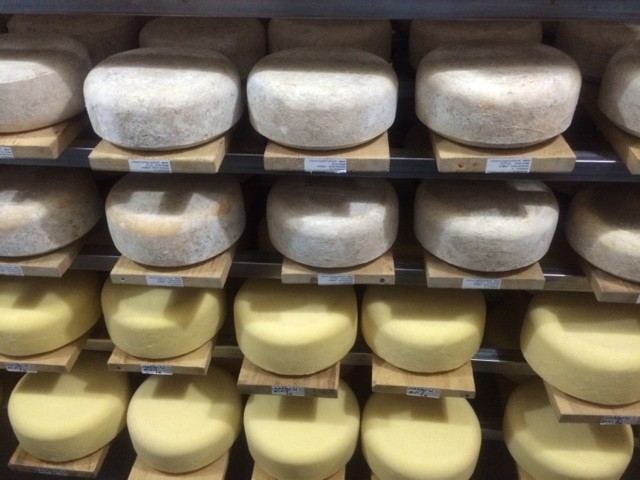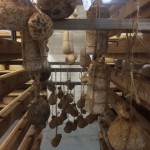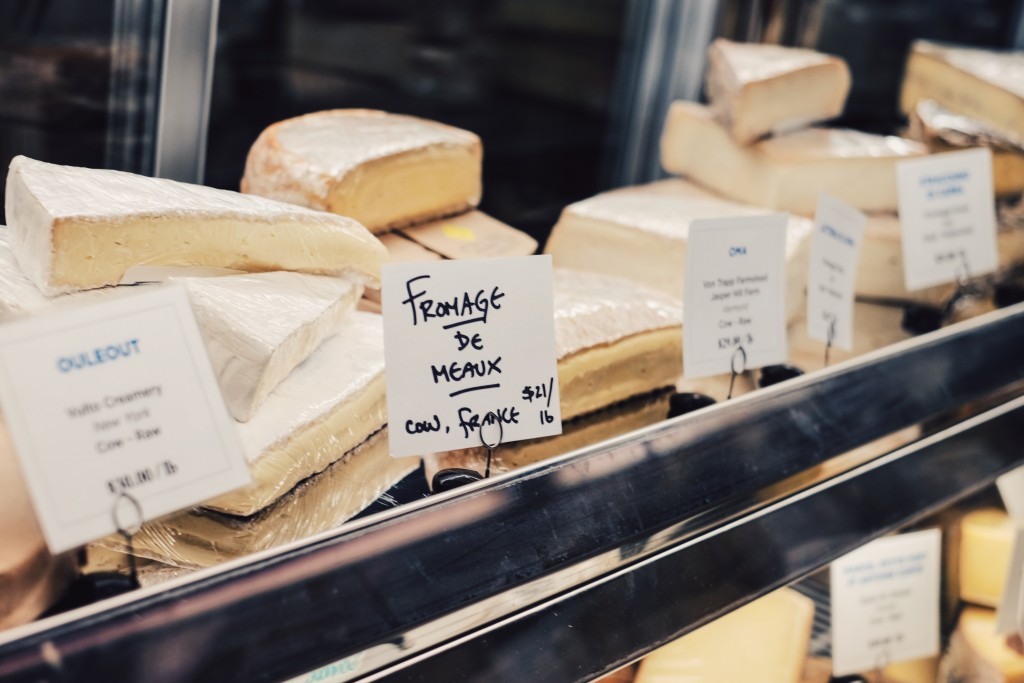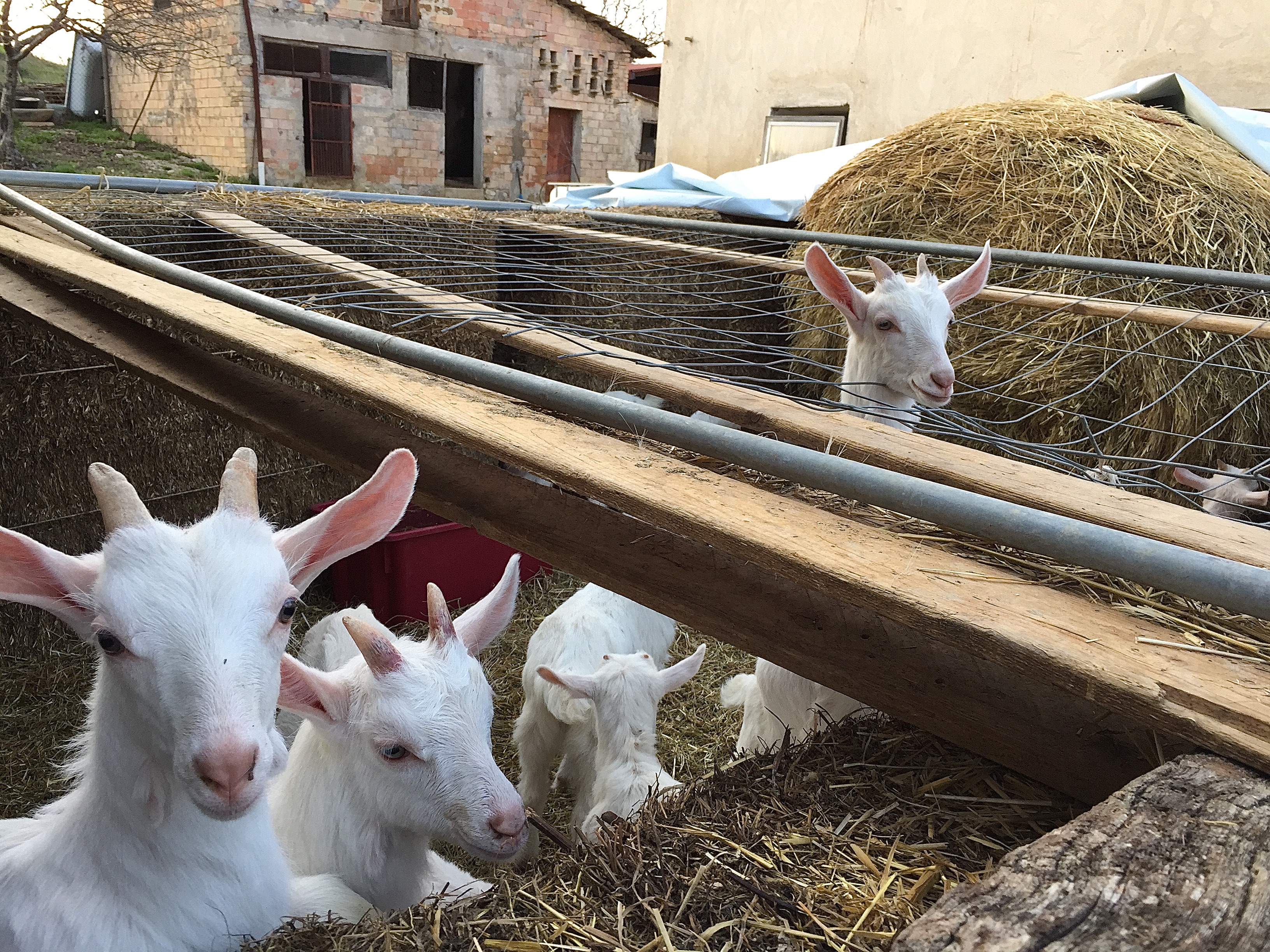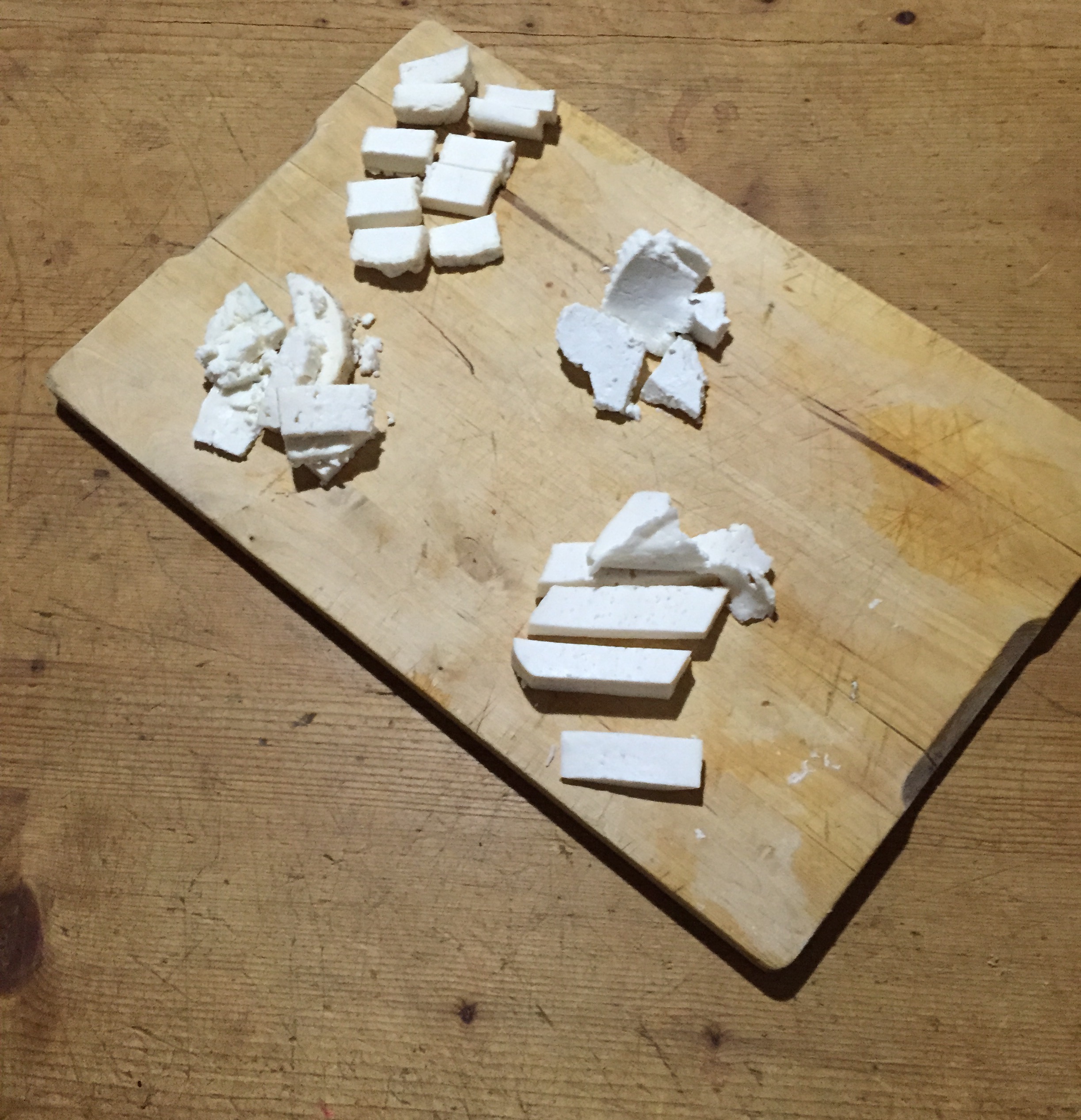Most people who eat cheese have had some sort of interaction with feta or, more accurately, feta-style cheese. They think of it as the salty yet bland crumbles that sit unnoticed on top of iceberg lettuce, or the saline blocks that adorn many a badly made pasta salad. I used to be one of these people. As a self-proclaimed salt-fiend, I didn’t mind feta, but it certainly wasn’t interesting and didn’t even crack the top 50 in terms of cheeses I liked and cared about.
And then, at the ripe old age of 20, I spent a summer in Greece, and a whole new world opened up. A world that contained copious amounts of delicious, savory, complex, versatile feta.
I was volunteering on a Skyrian pony farm on the Greek island of Corfu for the summer with my sister (and yes, I know how ridiculous that sounds). While we weren’t getting paid for our hours of manure-shoveling and pony-grooming, we did have our room and board covered. This gave us access to some of the freshest and most amazing food I’ve ever tasted, including homemade feta. Every week, a lady who lived down the hill from our little pony enclave would bring a giant ceramic basin filled with brine and a large, white block of homemade feta. I had eaten feta-esque substances before, but never anything with this much zest and character. We would cut hunks of feta off of that block and eat them for lunch with cucumbers and tomatoes from the garden, and homemade bread. It was absolute heaven.
Coming back to the US was a rude awakening for my new found love of feta. Where did the squeaky, briney, zesty, puckery cheese that I had grown so fond of go? Why were people settling for such inferior imitations? Up until 2002, the name “feta” could mean anything – anyone could use it for any cheese, regardless of milk type, origin, or production method. This lead to a lot of really, epically boring cheese bearing the name “feta”.
Luckily for the cheese world, in 2002 feta became a protected designation of origin (PDO) cheese. This means that only cheeses that are made from sheep’s milk, or a mixture of sheep and goat’s milk, and have been produced in a certain way from specific parts of Greece may be called “feta”. This makes it much easier for consumers to tell the difference between real feta and inferior imposters.
Not all fetas are created equal, however, even within the PDO designation. I’ve hesitated bringing the cheese to the Via Umbria counter for fear of choosing one that turned out to be bland or boring.
As good fortune would have it, however, I was lucky enough to meet the team at Essex St. Cheese. Rather than importing many different types of cheese, Essex finds the best of the best and brings in only a handful of cheeses, with each type only having one producer. Their bar is extremely high, and I was so excited to find out that they were importing a particularly fantastic feta from the island of Lesbos. This PDO cheese, made by third generation cheesemakers, M. Tastanis, is made entirely from sheep’s milk that has been collected from local shepherds. The salt used to salt both the cheese and the brine comes exclusively from the Kalloni salt flats, giving this feta a taste that can truly only be found in Lesbos. Additionally, the cheese makers stay as close to tradition as possible, which means that the process of making this feta is essentially the same as it was in Homer’s time. Tasting it brought me right back to that summer in Corfu – bright and fresh, with flavors of fresh yogurt, cream, and the ocean.
I’m beyond thrilled to announce that this feta from M. Tastanis in Lesbos, Greece is going to be our August Cheese of the Month! It’s a spectacular way to explore a true taste of tradition and place, and also a beautiful compliment to late summer’s bounty of fresh produce. Come taste it at our monthly cheese party on August 3rd and learn all about how gorgeous feta can truly be.



